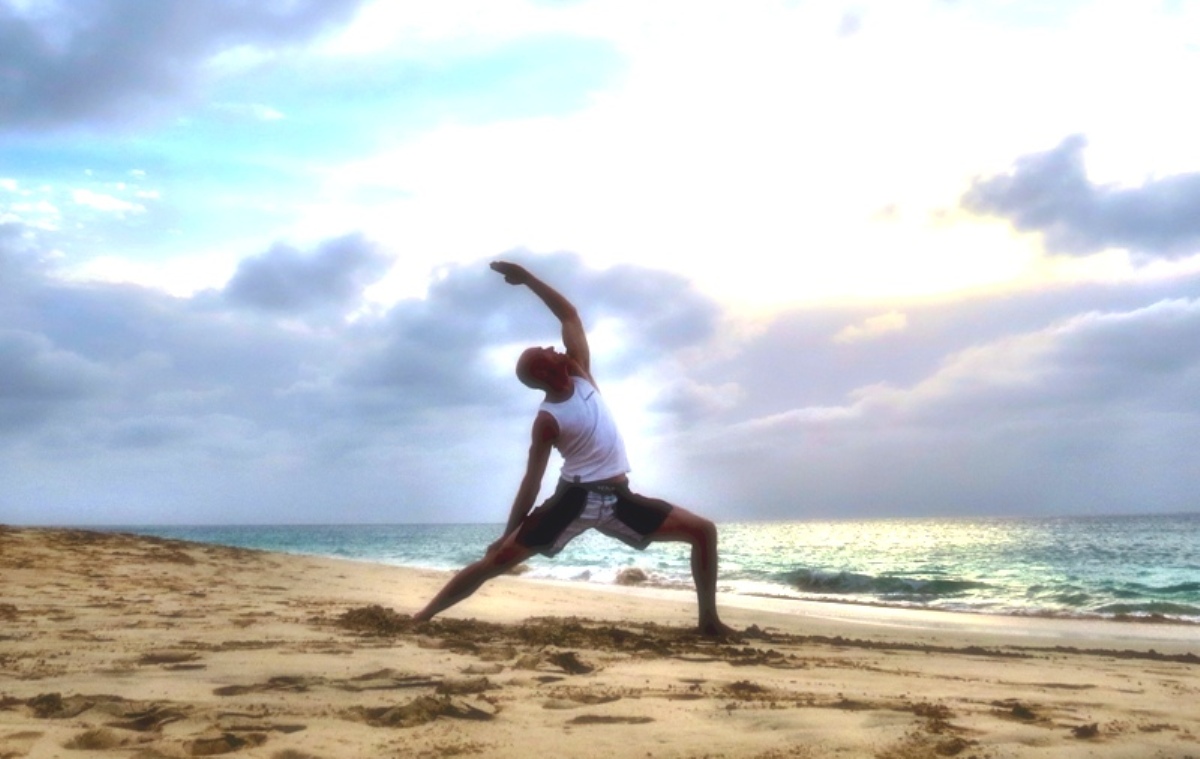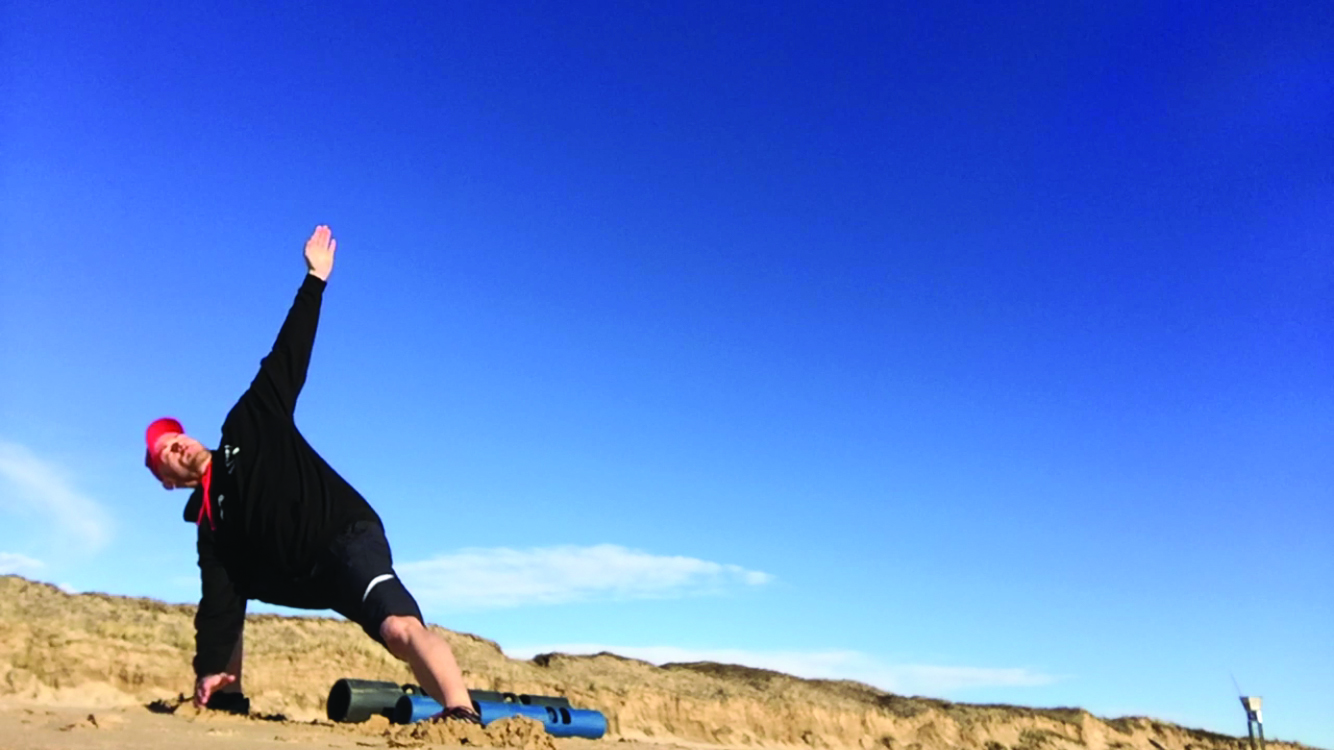Pontus Wärnestål explores how you can incorporate ViPR into your regular yoga sessions and explains why ViPR is such an asset to your mind and body workout.
Let’s say you have an eight-hour desk job and a 30min commute by car (one way) to your workplace. You (should) sleep seven to eight hours every night. You eat your main meals during the day sitting down (two to three hours). That’s roughly 20 hours of sitting or lying down – leaving four hours remaining of your day. Statistics show that the average TV watching time in the US is 4.8 hours, and 3.8 hours in the UK1. Ouch.
The situation I have outlined here would be an example of a sedentary lifestyle. It is also – sadly – not an uncommon situation. A sedentary lifestyle is characterized by sitting or remaining inactive for most of the day with little or no exercise. And a lot of people fall into this category – some without even realizing it! The problem is that a sedentary lifestyle means big trouble in the long run.
Lack of exercise causes muscle atrophy (i.e., shrinking and weakening of the muscles), which increases susceptibility to physical injury. Additionally, physical fitness is correlated with immune system function: a reduction in physical fitness is generally accompanied by a weakening of the immune system. And even a functioning response to disease can work against you in a sedentary lifestyle situation! Our bodies are prepared to deal with injuries and illness by employing metabolic and stress responses such as inflammation. These responses are automatically triggered at times of prolonged rest, since the body thinks you are injured and tries to aid you to recovery. The problem, however, is that such prolonged responses such as inflammation lead to chronic disease instead. In fact, research indicates that a sedentary lifestyle is a stronger predictor of disease than obesity itself2. Roughly one third of US adults is considered inactive, and more than half of the adults never participate in vigorous physical activity lasting more than 10 minutes per week. A problematic situation to say the least.
The good news is that we have a wide range of tools and methods available to remedy sedentary lifestyle. It is called movement. In this three-part blog series, we will focus on yoga and ViPR, and how the two can complement each other in order to help you and your clients to move more and better.
A typical (Western) yoga routine dedicates on average about 70% of the practice to physical postures, about 20% to meditation and 10% to breath work. In this series, we focus on the physical aspects of yoga, such as mobility and strength.
A few interesting findings from various studies of yoga:
- The effects of yoga are comparable to psychological treatments, such as meditation and massage, in the management of anxiety and depression.
- Yoga may also help to combat stress.
- Yoga has been shown to improve strength, cardiorespiratory function, and balance in older adults.
- Yoga can assist with weight loss, as well as improving metabolic health.
Yoga can help to reduce lower back pain.
For our purposes, we consider yoga to be mobility and reconditioning work. If you’re already a yogi, you can use ViPR as a complement to your regular yoga practice, and use it as a new asset to your practice. If you’re already using ViPR and Loaded Movement Training, you can use yoga exercises and ViPR to extend your ‘reconditioning’ aspects of ViPR workouts. Basically, we can classify ViPR and yoga work into two categories:
- Assist: We can use ViPR to assist a person in getting in and out of yoga poses.
2. Challenge: We can use ViPR to make poses more challenging, by adding ViPR Loaded Movement to yoga exercises.
Let’s position this in terms of our model of movement (see Figure 1). The Assist category is residing in the unloaded quadrants, with basic moves in the linear quadrant, and dynamic yoga moves in the 3D movement quadrant. In the Challenge category, we take the opportunity to add load to our movements, placing it in the essence of ViPR and Loaded Movement Training.
Next month, we’ll be going into more detail about yoga/mobility movements for you to try, and ways to incorporate them in your reconditioning protocols.
Keep updated with ViPR content on the ViPR blog here
Did you know FitPro provide insurance for yoga professionals online?
References
Charansonney OL, Després JP. (2010). Disease prevention – should we target obesity or sedentary lifestyle? Nat Rev Cardiol. 7(8):468-72.
[1] http://www.statista.com/statistics/276748/average-daily-tv-viewing-time-per-person-in-selected-countries/ (Data from 2011, downloaded March 27, 2015).








